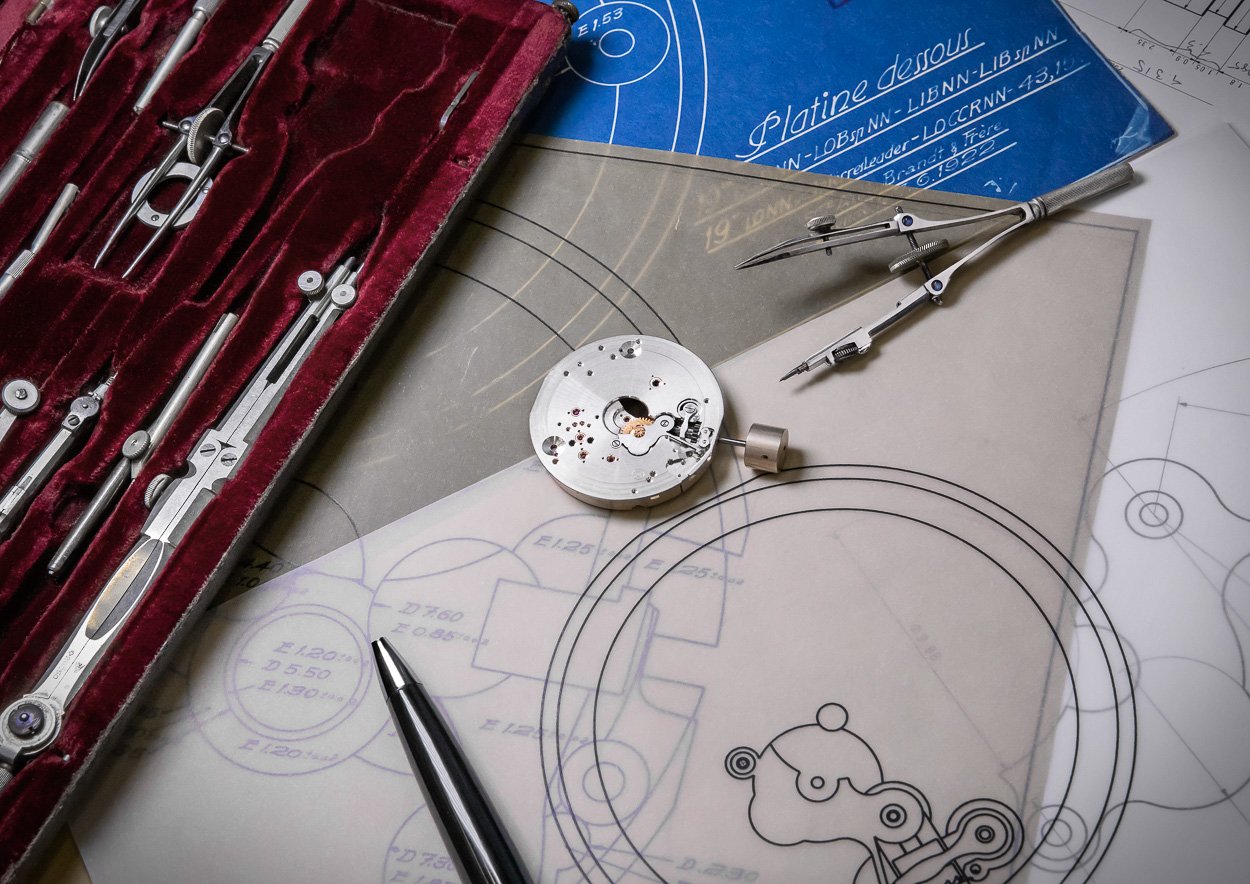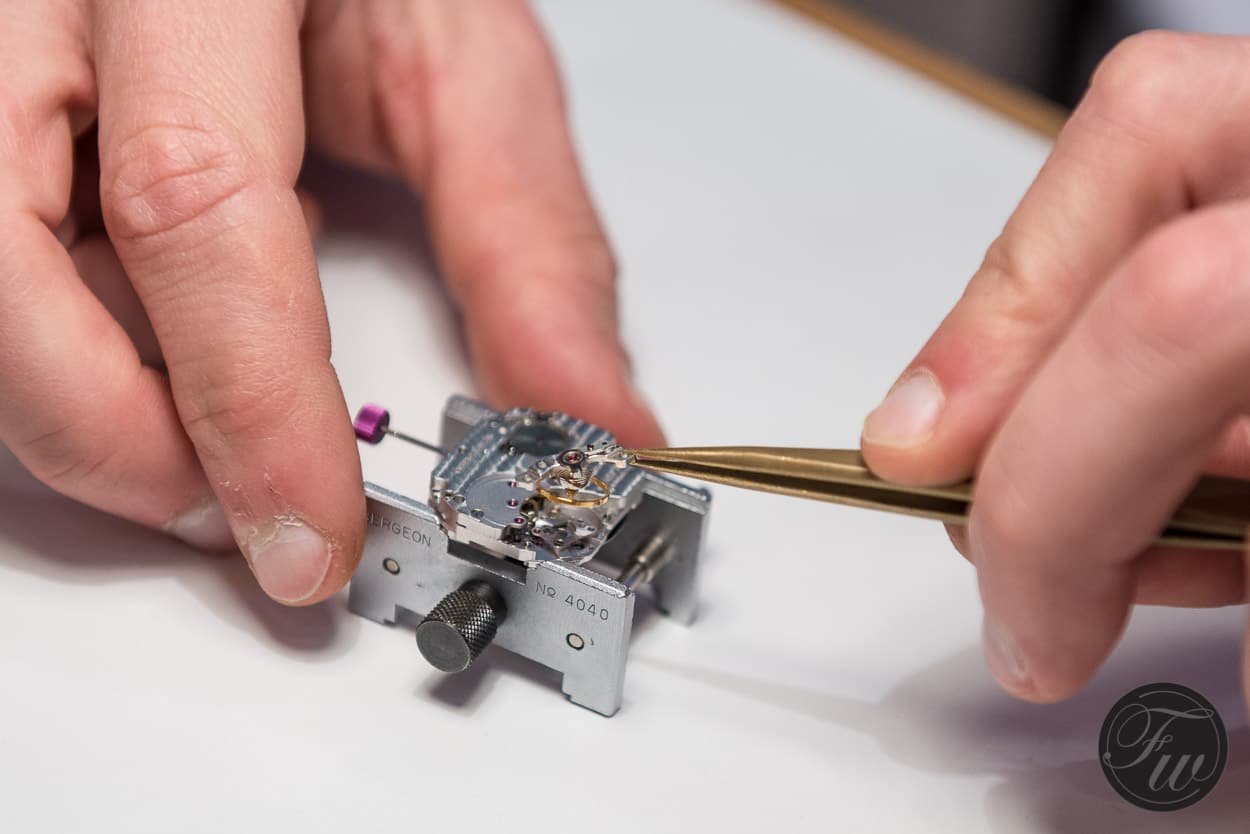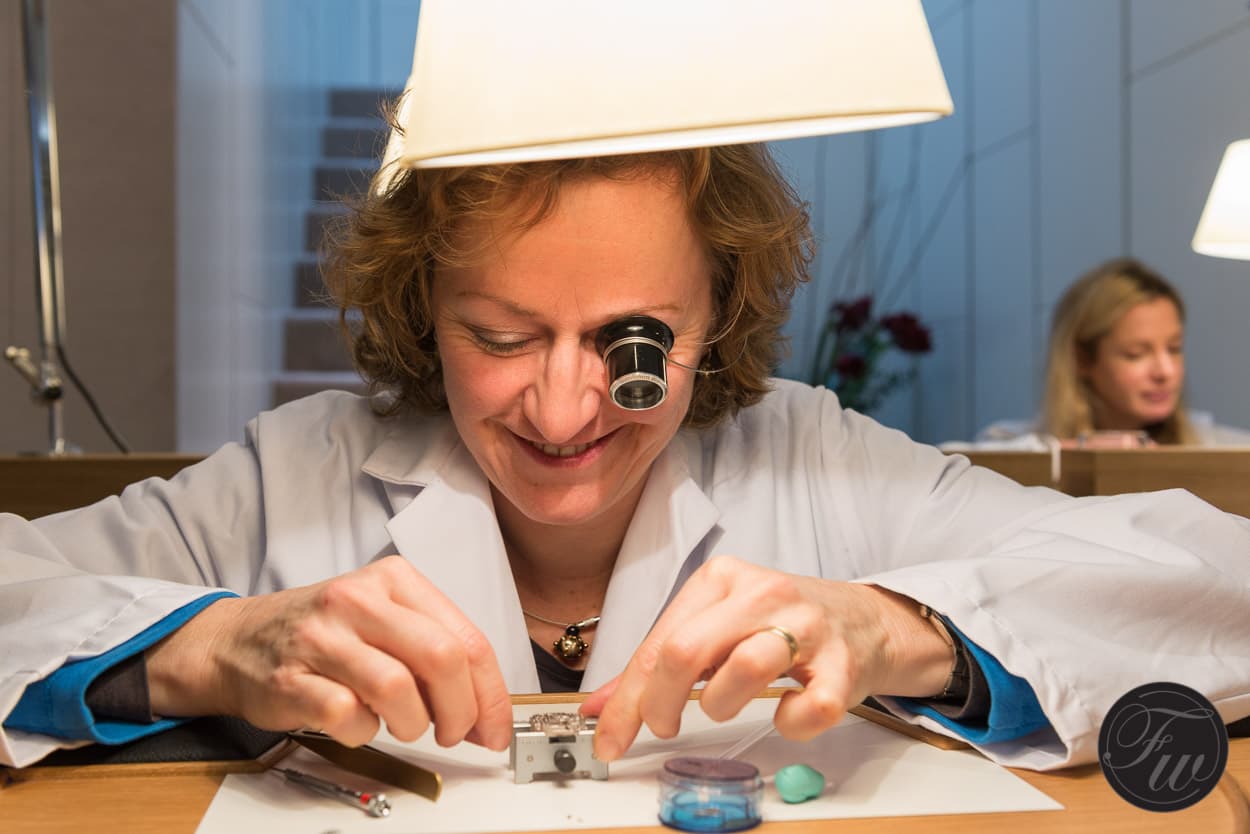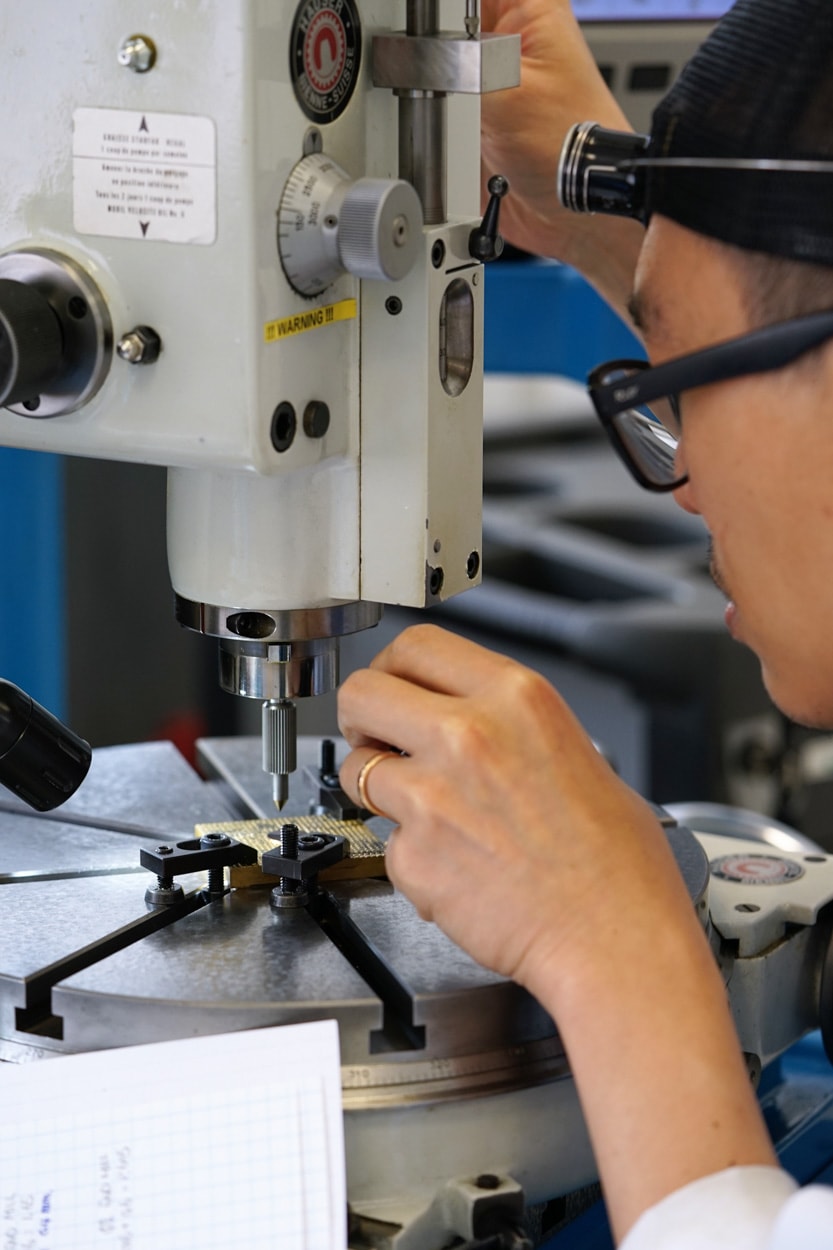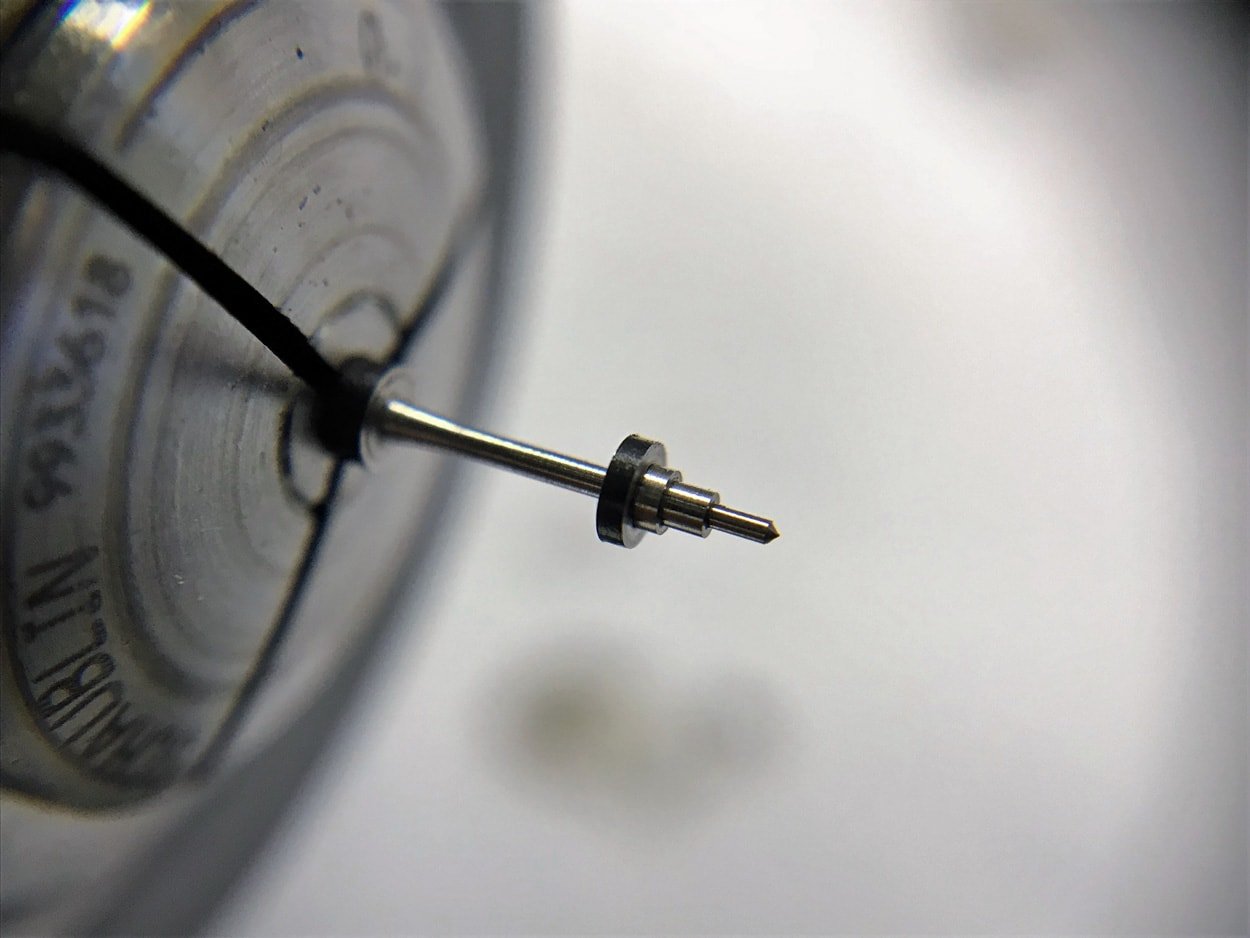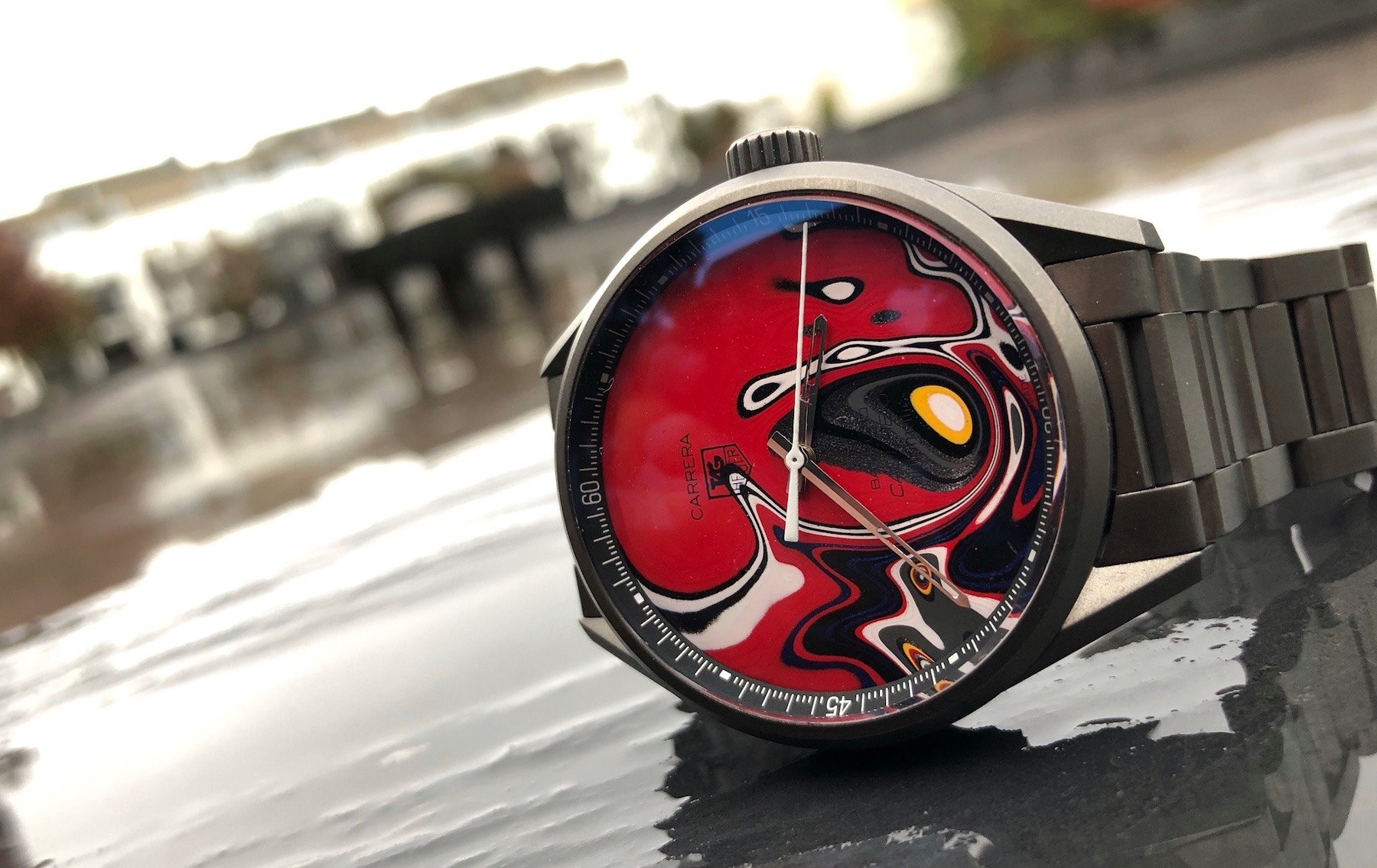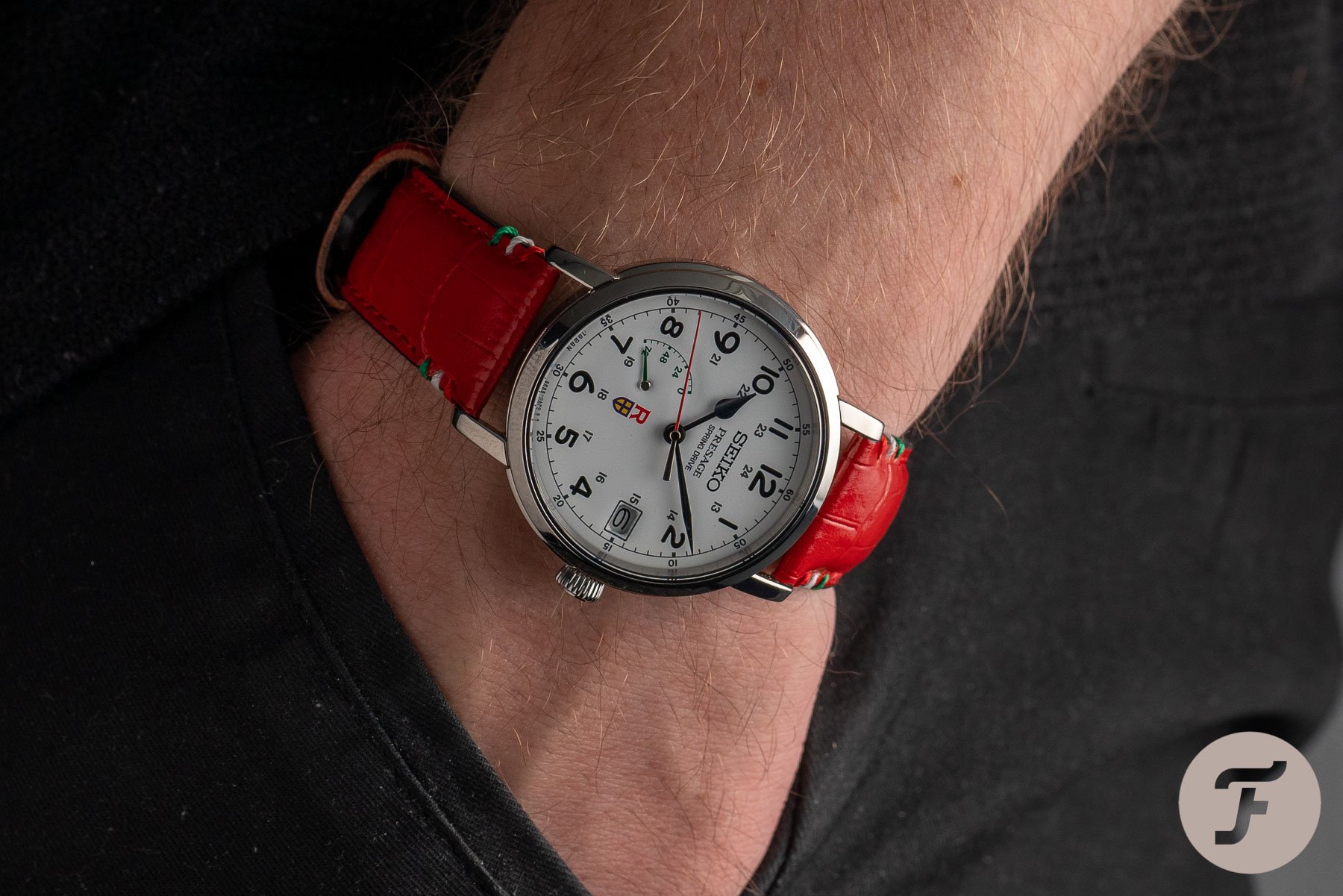You Asked Us: Why Do Watches Cost So Much?
I feel your pain. I know it personally. That moment when you realize you simply have to spend another huge amount of cash on yet another luxury watch. Tut, tut. The anguish. The torture. And, truthfully, the privilege. Those things shouldn’t go hand-in-hand but in this odd little watchmaking world we all occupy, they often seem to. But the question is, are these tempting treasures really worth the money we spend on them? Let’s have a little look behind the curtain to see if it makes any sense.
Part of the problem the reputation of the luxury watchmaking industry has is the continued existence of “non-luxury” watches. You know what I’m talking about. €10 Limit watches on the local market; styleless eyesores powered by quartz movements that cost less than the bus fare; fashion watches filling up the pages of mail-order catalogs that seem to create a higher ceiling for this kind of tool, topping out around 300 Euros. Any Tom, Dick, or Harry who thinks they’re clever can point to those watches and say, “What kind of idiot would you have to be to spend €3,000 on a watch when you can get one for a tenner?” Bravo, Tom, Dick, and/or Harry. You’re thick. But in the interests of fairness, I will tell exactly what kind of “idiot” I am so you know why we all do what we do. And don’t worry, I’m not expecting to change your mind…
Some humorous comparisons
I’ve said it before; I’ll say it again. Watchmaking is art. Trying to compare a €10 market watch to a €10,000 example of Haute Horlogerie (or even suggesting they do the same thing), would have been like handing Jackson Pollock a paint-by-numbers and reassuring him that he needn’t have wasted his time spilling all that expensive paint over a nice clean canvas.
You may disagree with them (that’s fine, they disagree with you too)…
It’s like turning up at a Mercedes dealership with a pushbike and laughing at someone about to buy a petrol-powered masterpiece of engineering. You may disagree with them (that’s fine, they disagree with you too), but they aren’t an idiot for appreciating those finer things in life. Are they the most important things when it comes to base survival? No way.
A less humorous paragraph
Millions of people suffer every day, unable to eat enough or find access to clean water or shelter. Perhaps we all should turn our backs on these luxurious pursuits and commit our surplus income to help others less fortunate than ourselves. But that isn’t an argument for the complete eradication of luxury watchmaking, no. Some things are necessary to survive; some things are necessary to live. Art, music, sport… These are the things we live for. We don’t need them to keep drawing breath, but some of us do need them to make drawing breath seem worthwhile.
Why they cost so much
So while that may describe why we’re happy to pay what these things cost, it doesn’t answer the original question of why they cost that much. Firstly, there are a huge amount of steps, checks, and processes every luxury mechanical watch needs to go through. Wages need to be paid to the staff tending to each stage, and a safe, clean environment needs to be maintained for them to occupy.
A brand or manufacture can spend years upon years paying off those debts.
The raw materials are not hugely expensive (unless we are talking about precious metals), but they do not come for free. More expensive than the materials themselves are the machines that have to be purchased to manufacture the necessary components in a cost-effective volume. A brand or manufacture can spend years upon years paying off those debts. It’s no joke. As such, when attempting to bring manufacturing in-house, brands must invariably raise the retail cost. The advantage to the customer? A better, more vertically-created product that can be fixed at the source with ease if necessary.
Immaterial things cost money too
Designing watches is not simple. It is a craft in itself. The very best brands have huge design teams or bring expensive agencies that also need to be paid on board. The intellectual groundwork put in by brands and contractors to develop and market a new product is vast. These costs are obviously passed on to the customer.
Cheap when you think about it
I define “microbrands” as any brand that only sells directly to customers. These brands are exempt from the retail margin that afflicts major independents and group brands. As such, they should always be able to offer a better quality product for the same money or the same quality product for less money (considerably less if they’re doing things properly).
The rest of the industry (which constitutes its majority) relies on a retailer network to communicate their message and wares to the buying public. Retailer margins vary depending on the brands and the retail environment, but they stand somewhere in the region of 40% of the retail price (after the deduction of VAT).
But don’t mistake that as pure profit and a good excuse to insist retailers offer you a massive discount because of it. Retailers are businesses within that chain also. They must pay staff, utility bills, and reinvest in their own marketing if they hope to grow (or even stay afloat). That “profit” doesn’t go as far as you’d think (and I know that from firsthand experience).
An annoying truth
Relatively speaking, the biggest margins exist at the very bottom and very top of the watchmaking industry (and not in the price bracket the majority of the Fratelli buy and sell within). Those cheap pieces of crap you can pick up for a few bucks on the street corner aren’t subject to all the same extra costs that responsibly produced luxury products are.
…what does another 10, 15, 35k matter?
At the other end of the scale, watches retailing for six figures are clearly subject to a “luxury tax” which starts to kick in as soon as the material value of the pieces in question pushes them beyond the reaches of regular folk. By that, I mean as soon as we’re talking over 20, 25k, what does another 10, 15, 35k matter? If you can afford one watch for €30,000, you can probably afford ten…
A dogfight
Our bracket — the €1,000-€20,000 bracket — is highly competitive. These prices are not as crazy high as you might expect given the level of consumer pressure on this segment. In fact, as a result, this bracket provides some of the most interesting examples of sideways thinking and bang for your buck that you can hope to find in the industry.
So the next time some clever dick tries having a laugh at the cost of your Tudor Black Bay, talk him or her through the processes involved in its creation, the design, the ingenuity, the research, the manufacturing, the craftsmanship, the training, the advertising, the selling, the electricity in the retailer, the display it’s sitting on in the window, the box you carried it home in, and the website you can visit 24/7 for information and support, and ask them what they find so abhorrent about supporting the watchmaking industry and all the men and women within it by buying something that is the product of a huge and hugely impressive team effort.

